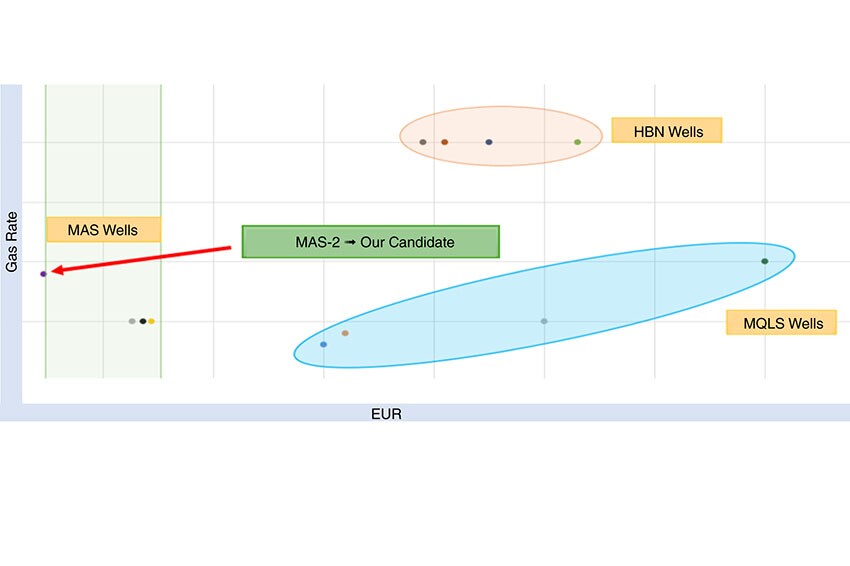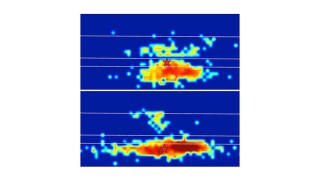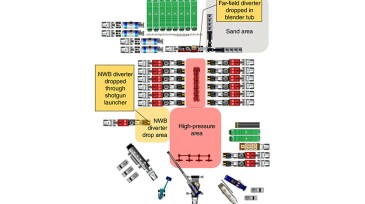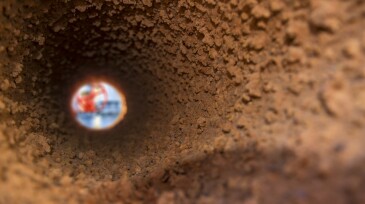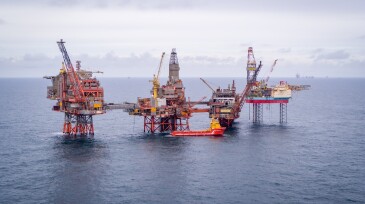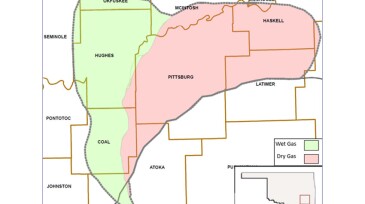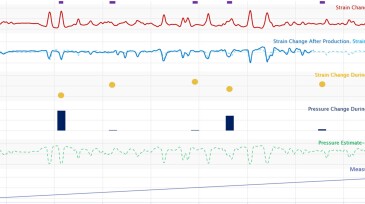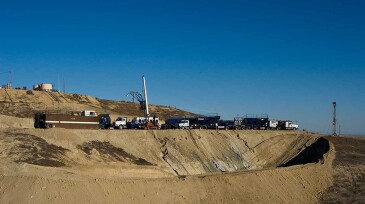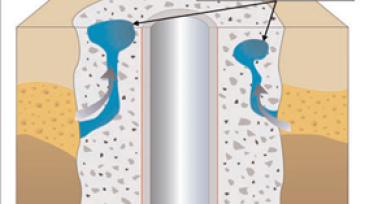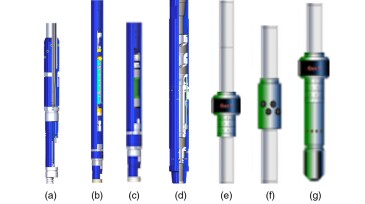Acidizing/stimulation
This study explores enhancing gas production through a novel combination of prestimulation using a coiled tubing unit and high-rate matrix acidizing.
The authors of this paper describe a method of stimulating a multizone hydrocarbon-producing well wherein a tool is deployed downhole by wireline to generate acid vapor at a target depth, allowing each interval to be treated uniquely.
In this work, microseismic observations are integrated with strain and other observations to investigate the microseismic response in relation to the underlying hydraulic fracture geometry for different rock types.
-
The authors of this paper describe a project in which far-field diverters were pumped to mitigate wellbore sanding and production loss in existing parent wells.
-
Engineers desperately need an alternative to acid placement through pipe, coiled tubing, or bullheading. For example, propellants have been around for years; however, their performance has not quite met the hype. Nevertheless, several case histories have been authored to suggest their efficacy; historically, some treatments have even been wildly successful.
-
Corrosion Inhibition of Benzyl Quinoline Chloride Derivative-Based Formulation for Acidizing ProcessDevelopment and implementation of a more effective and environmentally friendly acidizing corrosion inhibitor derived from benzyl quinoline chloride to mitigate rapid corrosion of metal-based drilling equipment.
-
The Research Council of Norway’s $118,000 grant will support development of longer fishbone laterals to raise production while lowering carbon footprints.
-
This paper describes an effort to use multiple technologies to better understand an Arkoma Basin reservoir and the interdisciplinary relationship between the reservoir’s subsurface hazards and a stimulation treatment.
-
The authors of this paper describe a project in which Raleigh frequency-shift distributed strain sensing monitored during production in a far-field observation well was translated to an estimated pressure profile.
-
A new study from Saudi Aramco shows that the answer to the industry's billion-dollar corrosion problem might be sitting in your medicine cabinet.
-
Part 4 of this series provides an overview of ongoing research and recent technology improvements within the US taking place in both academia and the service industry.
-
SponsoredWhat are we, in the upstream oilfield service companies, doing about it? The Middle East upstream oil and gas industry is shifting its focus to unconventional and tight-gas resource development.
-
This study illustrates how a combination of a straddle-packer system and a downhole real-time telemetry successfully stimulated up to 38 stages while maintaining packer-seal integrity and downhole pressure.

